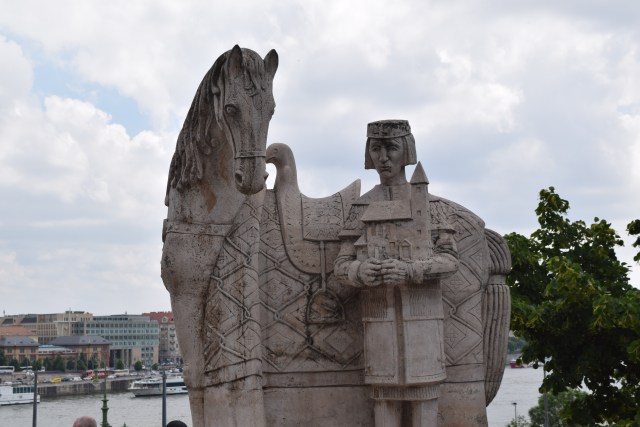Ruin Pubs are bars that have been opened up in dilapidated buildings that were partially destroyed during WWII. They are usually decorated with random furniture and decorations that have been gathered from anywhere that they can find them. The decorations are colorful, whimsical, and don’t follow any particular themes other than uniqueness. Because of their popularity, they can be quite busy, noisy, and sometimes a little rowdy. We went late afternoon to early evening and stayed away from the late night crowds.





The original Ruin Pubs opened in the Jewish Quarter of Budapest, which is now a center of wonderful restaurants and shops, as well as the pubs. Although some of the pubs serve food, the beer, wine, and mixed drinks are the real focus of the Ruin Pubs. We went to the original Ruin Pub called Szimpla Kert, often just referred to as Szimpla, which definitely lived up to the reputation. It was quirky, fun, and a little noisy, especially as more and more people came to the pub. To be fair, it isn’t the cleanest of environments, but you don’t go to a Ruin Pub expecting an elegant experience, you should expect it to be a little on the rough side.





Today there are over a dozen Ruin Pubs in Budapest and there are several companies that will take you on a guided pub crawl. Obviously, you don’t need a guide to do a Ruin Pub Crawl as you can find plenty of maps online that will show where each of the more popular pubs are. Even if you’re not into bars and drinking, visiting a Ruin Bar to see the eclectic decorations and experience the unique atmosphere is at least worth a visit. Many of the Ruin Pubs don’t open until at least 5:00 pm, so be sure to check on the hours of the pub you’re planning on visiting before heading there.






































